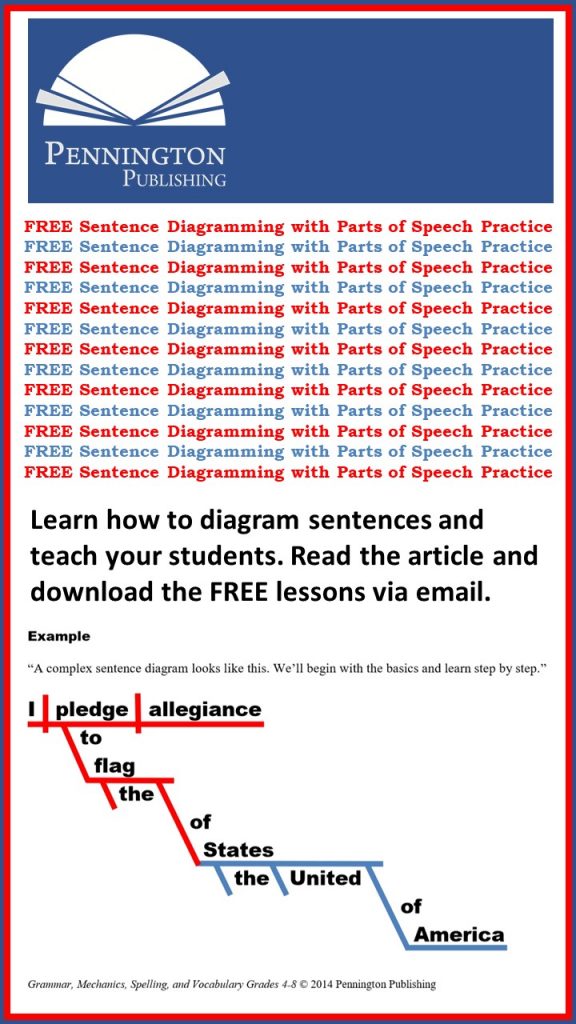Computer-Graded Essays
Teachers recognize the value of essay compositions as vital tools for learning, self-expression, and assessment. The essay remains a staple of college and post-graduate applications, as well as job applications. In terms of formulating coherent explanation, analysis, or argument, the essay best provides that means. Even a well-constructed objective exam cannot match the essay in assessing the degree to which teaching objectives have been mastered.
“Essays are considered by many researchers as the most useful tool to assess learning outcomes, implying the ability to recall, organize and integrate ideas, the ability to express oneself in writing and the ability to supply merely than identify interpretation and application of data. It is in the measurement of such outcomes, corresponding to the evaluation and synthesis levels of the Bloom’s (1956) taxonomy that the essay questions serve their most useful purpose.” (Valenti, Nitko and Cucchiarelli 2003)
However, essays are rather subjective vehicles of expression. Even the best attempts to develop objective evaluation criteria with analytical rubrics and check-lists fall short of unbiased objectivity. Yet, this shortcoming has not eliminated the cherished role of the essay in the British and American educational establishments.
There’s just one problem. Essays just take too much time to read, respond to, and evaluate. A conscientious teacher may realistically spend an hour per student essay if that teacher responds to multiple student drafts in the context of the writing process evaluates the final published essay.
Of course, teachers can spend less time, if they use simplistic holistic rubrics or buy into the convenient notion that making comments on a student’s essay somehow disenfranchises the autonomy of the writer. However, most teachers recognize that interactive dialogue between student and teacher on the student’s essay is unavoidably essential. And it does take time.
Enter the age of computers. Is artificial intelligence going to be able to grade essays
Computer-scoring of student writing is being actively marketed to K-12 schools and universities. Multinational corporations, such as Educational Testing Services (ETS), claim that current technology is able not only to provide objective assessment, but is now also able to give accurate and useful feedback to the student writer. Criterion, a machine-reading service marketed by ETS, has become widely popular in both American K-12 schools and universities. Other similar automatic grading programs are open for business.
Both of the new assessment consortia that have been delegated the tasks of developing national assessments for the Common Core State Standards (now adopted by 43 states) have indicated that they are using machine-scored essay software. “Automated assessment systems would provide consistency in essay scoring, while enormous cost and time savings could occur if the AES system is shown to grade essays within the range of those awarded by human assessors,” suggest the aforementioned researchers.
But, what to teachers say about computer-graded essays?
The National Council of Teachers of English (NCTE) summarizes its position on machine-scored writing:
We oppose the use of machine-scored writing in the assessment of writing. Automated assessment programs do not respond as human readers. While they may promise consistency, they distort the very nature of writing as a complex and context-rich interaction between people. They simplify writing in ways that can mislead writers to focus more on structure and grammar than on what they are saying by using a given structure and style.
“Writing Assessment: A Position Statement.” NCTE.org. Nov 2006
The Conference on College Composition and Communication (CCCC) summarizes its position on machine-scored writing:
“We oppose the use of machine-scored writing in the assessment of writing.” Automated assessment programs do not respond as human readers. While they may promise consistency, they distort the very nature of writing as a complex and context-rich interaction between people. They simplify writing in ways that can mislead writers to focus more on structure and grammar than on what they are saying by using a given structure and style… We believe ourselves that machine-scoring fundamentally alters the social and rhetorical nature of writing—that writing to a machine is not writing at all.”
The CCCC Position Statement on Teaching, Learning, and Assessing Writing in Digital Environments
But, is there a middle ground? Can teachers use technology to save time and doing a more thorough job of responding to student essays? Can teachers maintain autonomy in the evaluation process and exercise their own judgment about which comments need to be made, which grammatical errors need to be marked, and which grade needs to be assigned?
Perhaps so. There can be a balance between technological efficiency and teacher judgment.
*****
Here’s a resource that just might make life a bit easier for teachers committed to providing quality writing feedback for their students… You can both save time and improve the quality of your writing feedback with the e-Comments Chrome Extension. Insert hundreds of customizable Common Core-aligned instructional comments, which identify, explain, and show how to revise writing issues with just one click from the e-Comments menu. Add your own comments to the menu, including audio, video, and speech-to-text. Record the screen and develop your own comment sets. Works in Google Classroom, Canvas, Blackboard, etc. Check out the introductory video and add this extension to your Chrome toolbar: e-Comments Chrome Extension. Includes separate comment banks for grades 3-6, 6-9, 9-12, and AP/College. Cheers!

The e-Comments Chrome Extension
*****
Why not use the same language of instruction as the e-Comments program for your writing instruction? Mark Pennington is the author of the TEACHING ESSAYS BUNDLE, Teaching Grammar and Mechanics, Differentiated Spelling Instruction, and the Common Core Vocabulary Toolkit.





